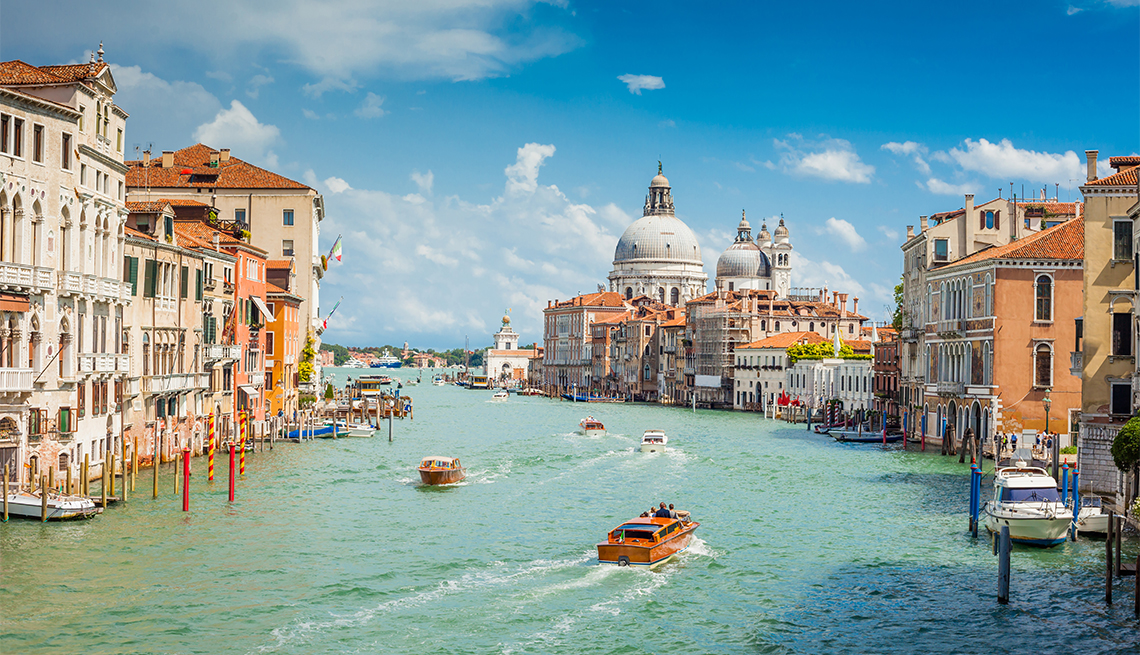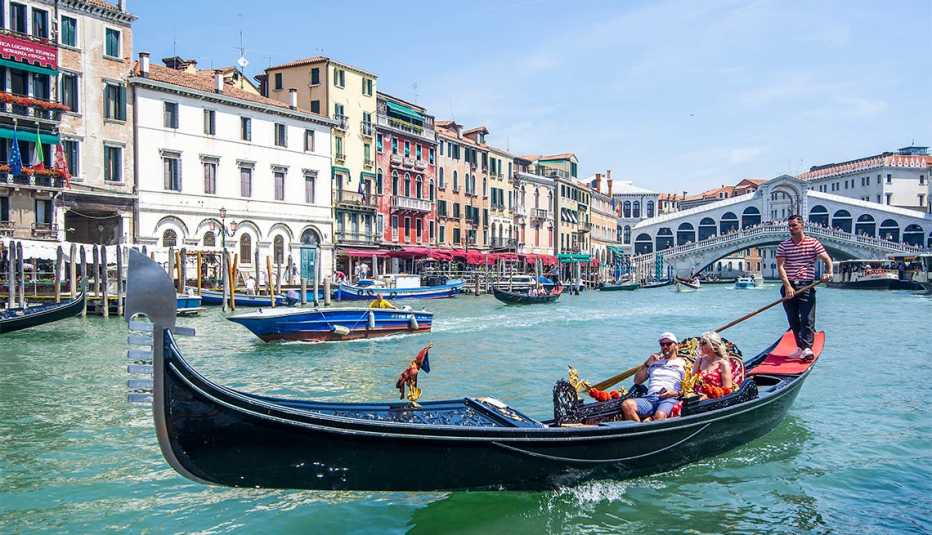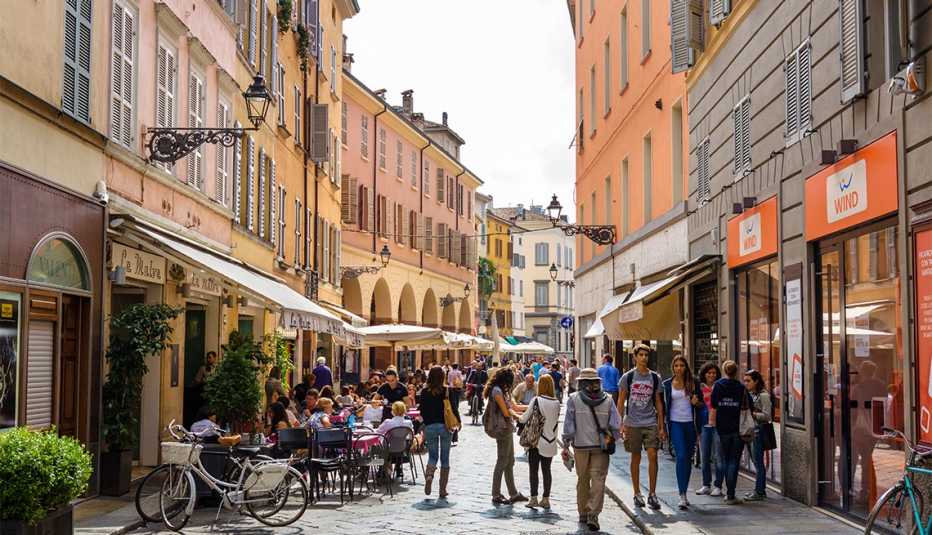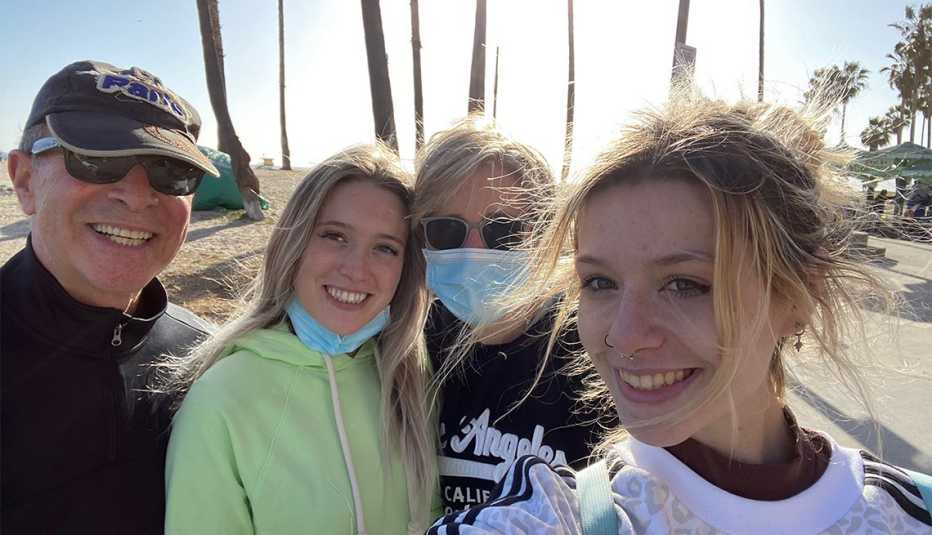Staying Fit
En español | The Centers for Disease Control and Prevention lists Italy as a country of “high” risk (recently downgraded from “very high” or “do not travel”). Its advice for visiting such regions: “Make sure you are fully vaccinated before traveling to these destinations.”
Just a few months ago, the possibility of a summer tourism revival for Italy appeared remote. COVID-19 hit here particularly hard, beginning in March 2020, when the country went into a national lockdown. From a tourism perspective, that meant that for more than a year, the great cities of Rome, Florence and Venice — along with the rest of this beautiful country — remained essentially off-limits to most Americans (who’ve faced their own trials with COVID-19, of course).


AARP Membership— $12 for your first year when you sign up for Automatic Renewal
Get instant access to members-only products and hundreds of discounts, a free second membership, and a subscription to AARP the Magazine.
Nearly 88 percent fewer Americans visited Italy in 2020 than in 2019, when the country received 5.6 million arrivals from the U.S., according to the Italian government.
But now, as the number of Italian COVID-19 cases has fallen dramatically, Italy has emerged from its most recent lockdown and is welcoming U.S. leisure travelers for the first time since the pandemic began. As of June 21, Americans are allowed to visit without a 10-day quarantine, provided they can show that they are fully vaccinated, recently tested negative for COVID-19, or recently recovered from COVID-19 (see details below).
That’s a big change: Before June 21, travelers from the U.S. needed to show that their visits were essential, book special quarantine-free flights requiring a few rounds of COVID-19 testing, or leap complicated bureaucratic hurdles to enter the country.
What it’s like to visit now
Italian life is gradually returning to normal, as restaurants are again permitted to serve meals inside and out, cafes can offer up cappuccinos at inside counters, curfews are dropped, and almost everything else is open again. Boutiques and outdoor markets are back in business, and Italians are already escaping to the country’s many beaches to beat the heat. Since June 28, the Italian government has placed all of the country’s 20 regions in the “white” zone, or low-risk, category — which means they have recorded fewer than 50 COVID-19 cases per 100,000 inhabitants for three consecutive weeks.



































































